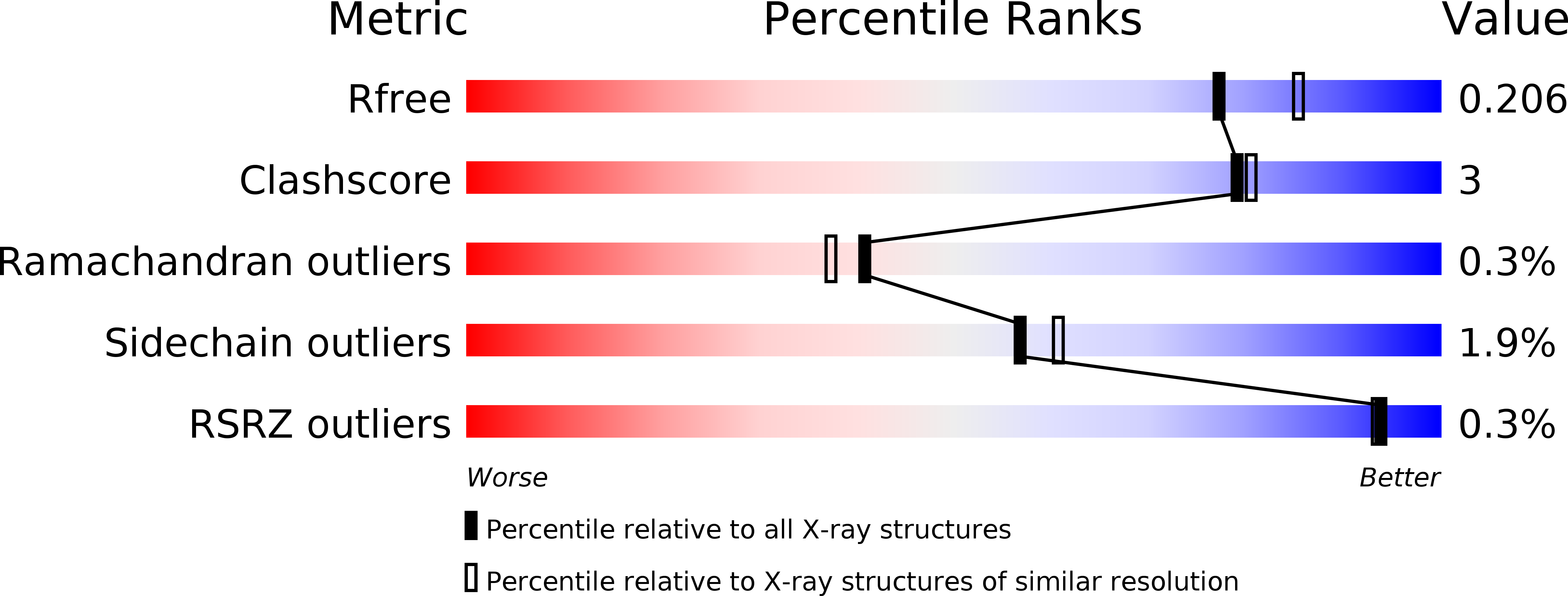
Deposition Date
2015-02-17
Release Date
2015-09-16
Last Version Date
2024-01-10
Entry Detail
PDB ID:
4Y9S
Keywords:
Title:
structure of an H300N mutant of potato epoxide hydrolase, StEH1
Biological Source:
Source Organism:
Solanum tuberosum (Taxon ID: 4113)
Host Organism:
Method Details:
Experimental Method:
Resolution:
2.00 Å
R-Value Free:
0.19
R-Value Work:
0.14
R-Value Observed:
0.14
Space Group:
P 21 21 21


